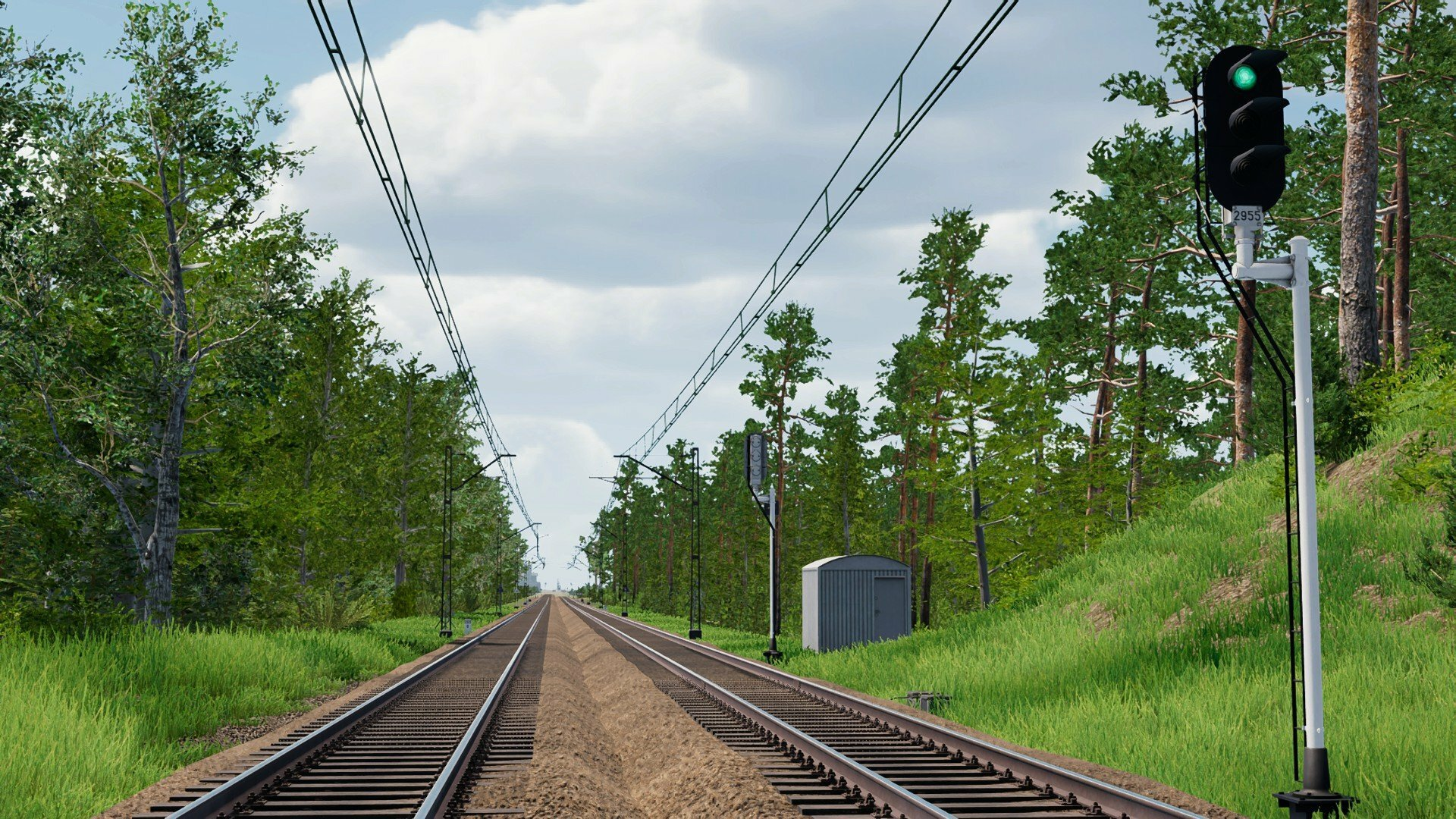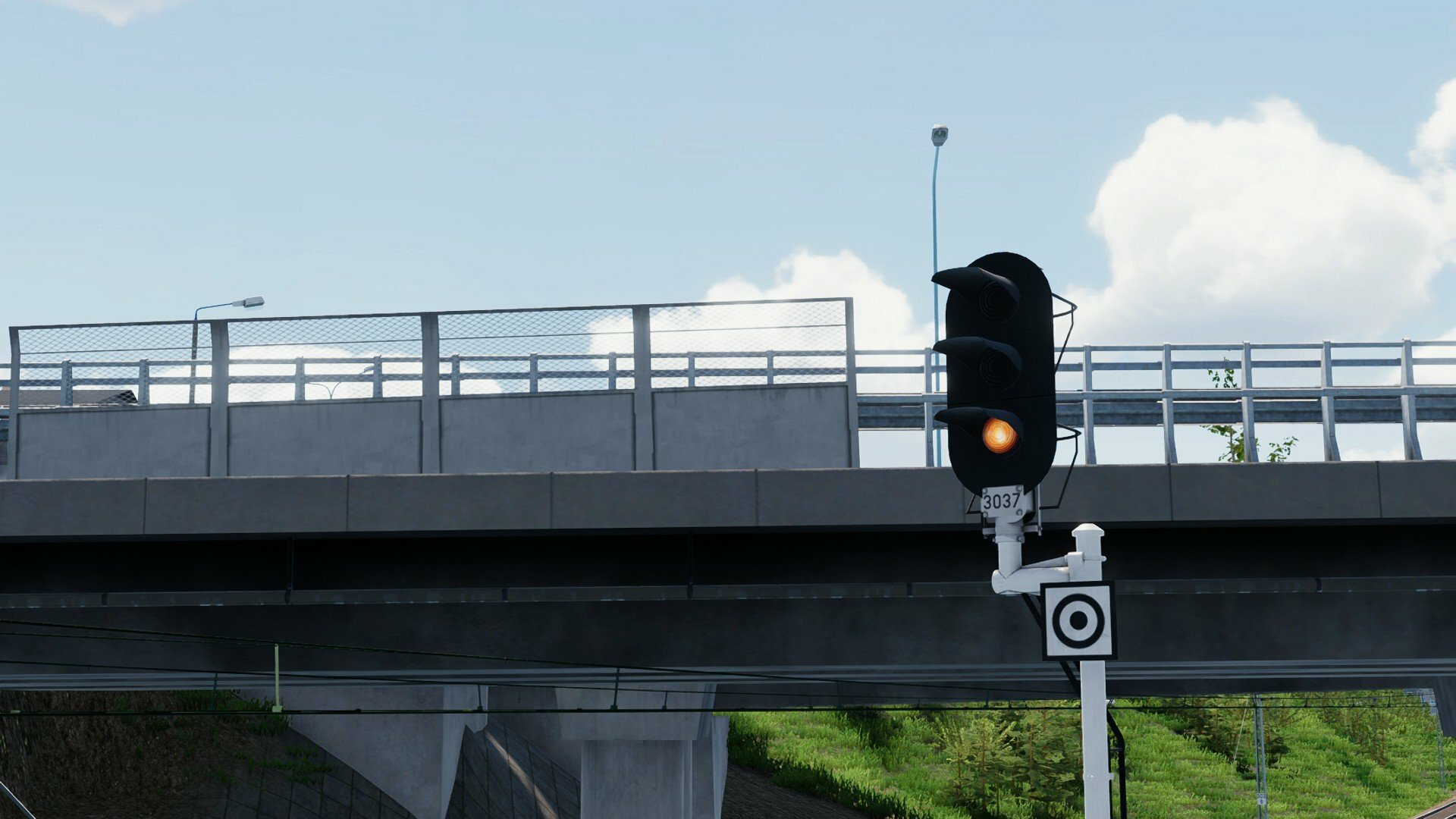Translations:How to operate relay line block equipment/23/en
ATTENTION: If the entry signal cannot be set to clear, the same rules apply for the manual operation of the clearance detector (dKo) as for the C type relay block (see above). After the "Ko" button has been operated, the end field indicator starts white flashing and the line block then switches automatically to the neutral default position. The next train may then follow.
Automatic line block - samoczynna blokada liniowa (SBL)
In comparison to the non-automatic line block, the automatic line block operates without the involvement of the traffic controller. Here, the line block equipment also replaces the clearance check, which is now only necessary in the event of malfunctions or technical work. SBL is flexible in its use. It can be set up on single and double-track lines and can work with any type of interlocking (mechanical, electronic, relay). The systems automatically detect train movements with the help of track circuits or axle counters and thus determine whether the individual block sections are free. In addition, it is possible to set up automatic block signals along the line in order to increase the train density, which is the norm in Poland. But there are also automatic block lines without automatic block signals. The technology to control the SBL-Signals is usually located in a separate container next to the signals. SBL-Signals show "clear" as default position. SBL-Signal 2955 between Dąbrowa Górnicza Ząbkowice and Dąbrowa Górnicza. It displays S2 aspect (Clear). We can see another SBL-Signal of the opposite direction. In the background there is a relay container controlling both block signals.

The automatic blocks signals themselves are always train-controlled and cannot be operated in the signal box. They are not equipped with a replacement signal. At the same time, the automatic block signals always have the functionality of a main and a distant signal at once. When an automatic block signal indicates "stop", the train may continue its journey at a maximum speed of 20 km/h on sight after stopping. Signaller's permission to pass the signal at danger is not required. On most SBL lines, a bidirectional operation is set up. This allows the direction of running to be changed and trains to run on the opposite track under regular signalling. SBL-Signal 3037 between Dąbrowa Górnicza and Będzin. It displays S5 aspect (Expect stop) and is equipped with a W18 board.

Automatic block signals that are set up against the current direction of the line are switched to dark. Exceptions are the automatic block signals equipped with signal W18, which will indicate a signal aspect even against the set running direction. Signal W18 means that the next main signal is operated by an interlocking. Signal W18 is a black circle on a white background with a black dot in the middle. The SBL signals are mounted on a grey mast to distinguish them from the interlocking-operated signals with white-red-white masts.